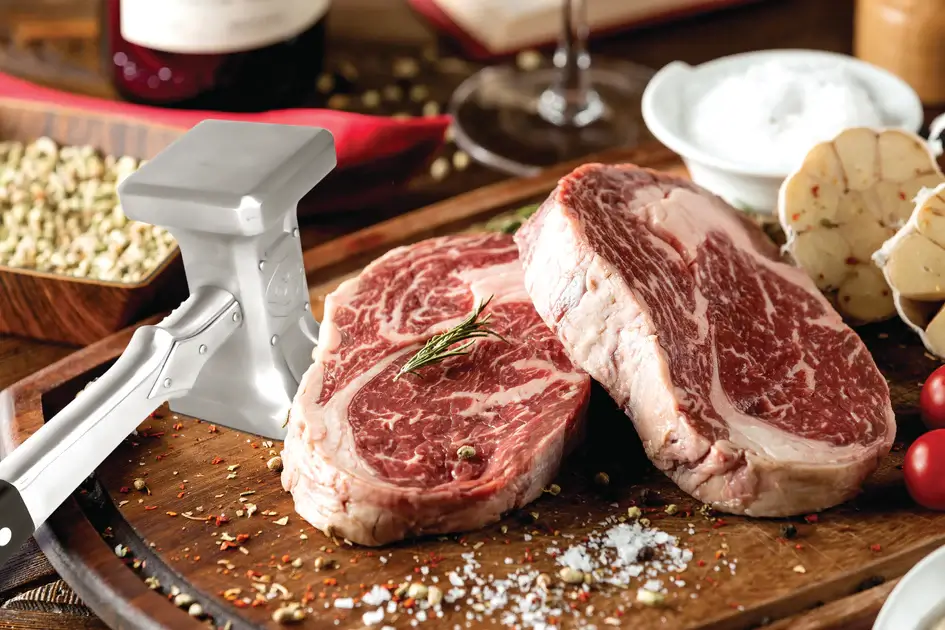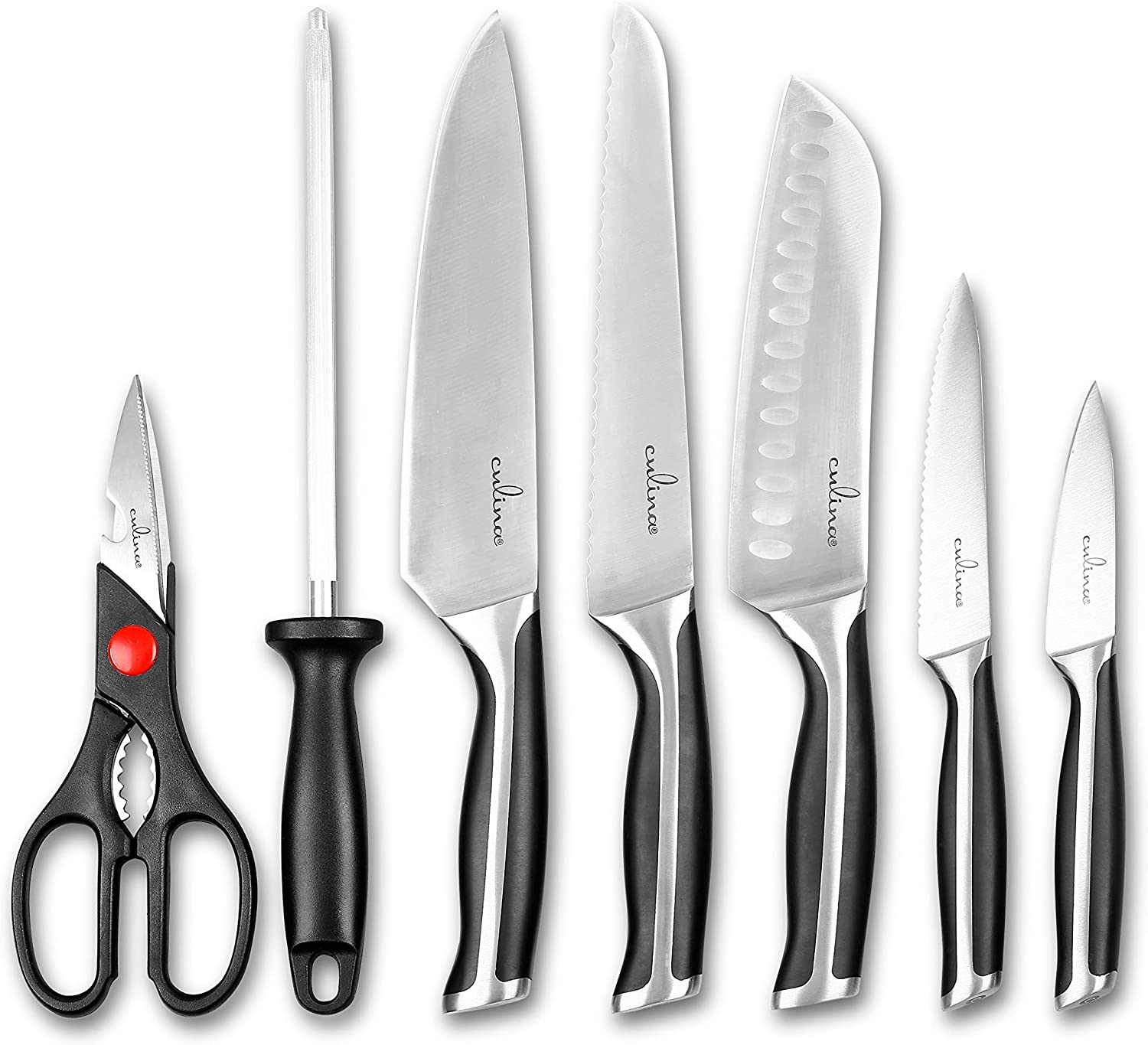Cleaning your meat tenderizer is an essential task that ensures hygiene and longevity of the tool. Whether you used it on fresh chicken breasts for grilling or on red meat, understanding how to clean a meat tenderizer efficiently is crucial. In this article, we provide you with tremendous tips and approved methods for keeping your meat tenderizer in top condition.
For chicken lovers, maintaining a clean kitchen tool is especially important to avoid cross-contamination and ensure deliciously prepared meals every time.

Why Cleaning Your Meat Tenderizer is Important
Health and Hygiene
One of the main reasons to clean your meat tenderizer is to prevent the growth of harmful bacteria. Meat tenderizers come into direct contact with raw meat, which can be a breeding ground for pathogens such as Salmonella and E.coli.
Prolonging the Life of Your Tool
Regular cleaning ensures that your meat tenderizer remains effective and prolongs its lifespan. Residues from meat can cause corrosion and damage the equipment over time.

Types of Meat Tenderizers
Blade Tenderizers
Blade tenderizers are equipped with sharp blades that cut through the meat fibers. They are common among professional chefs due to their effectiveness.
Needle Tenderizers
Needle tenderizers use a series of needles to pierce the meat, creating small holes that help break down muscle fibers.
Mallet Tenderizers
Mallet tenderizers are the most traditional form, featuring a mallet head with textured sides to manually pound the meat.

Step-by-Step Guide on How to Clean Your Meat Tenderizer
1. Disassemble the Tenderizer
Start by carefully disassembling your meat tenderizer. This step is crucial for ensuring a thorough clean and reaching all hidden parts.
2. Pre-Rinse with Warm Water
Rinse each component under warm water to remove any visible meat residues. This step will make the actual cleaning process more effective.
3. Use Mild Detergent
Wash each part with mild detergent using a sponge or soft cloth. Avoid using abrasive tools that might scratch the surface of the tenderizer.
4. Sanitize
Sanitize your tenderizer by soaking it in a mixture of one tablespoon of bleach per gallon of water for at least two minutes. Rinse thoroughly to remove any bleach residue.
5. Dry Completely
Ensure all parts are completely dry before reassembling. Use a clean towel or let them air dry on a drying rack.
Cleaning Different Types of Meat Tenderizers
Cleaning Blade Tenderizers
Blade tenderizers can be tricky to clean due to the sharp blades. Use a brush with soft bristles to reach between the blades. Exercise caution to avoid accidental cuts.
Cleaning Needle Tenderizers
Similar to blade tenderizers, needle tenderizers require diligent cleaning between the needles. A small cleaning brush can be particularly useful for this purpose.
Cleaning Mallet Tenderizers
Cleaning mallet tenderizers is generally easier because of their simple design. Focus on scrubbing the textured surfaces thoroughly to remove all meat residues.
Common Mistakes to Avoid
Using Abrasive Cleaners
While it may seem like a good idea to use abrasive cleaners to remove stubborn residues, this can damage your meat tenderizer.
Not Drying Properly
Leaving your meat tenderizer to dry without properly wiping it can lead to rust and corrosion, especially in metal tenderizers.
Additional Tips for Chicken Lovers
Frequency of Cleaning
For chicken enthusiasts, it’s critical to clean your meat tenderizer immediately after each use. This ensures no bacterial growth and makes subsequent cleaning easier.
Dedicated Cleaning Tools
Consider investing in small brushes and non-abrasive sponges specifically for your meat tenderizer. This makes the cleaning process more efficient and effective.
Conclusion
Understanding how to clean meat tenderizer is essential for maintaining kitchen hygiene and prolonging the life of your tool. Whether using blade, needle, or mallet tenderizers, following the approved methods and tips listed in this article will ensure your meat tenderizer remains in pristine condition.
For more tips on perfecting your chicken preparations, check out our posts on cooking chicken drumsticks, Parmesan crusted chicken, and chicken livers.
FAQs
How often should I clean my meat tenderizer?
You should clean your meat tenderizer every time it is used. This helps to maintain hygiene and avoid contamination.
Can I put my meat tenderizer in the dishwasher?
Check the manufacturer’s guidelines; however, many meat tenderizers are not dishwasher safe due to their sharp blades or needles.
What should I do if my meat tenderizer develops rust?
If rust appears, clean it with a mixture of baking soda and water, scrub gently, and ensure it is dried thoroughly to prevent further rusting.
As an Amazon Associate, I earn from qualifying purchases.








